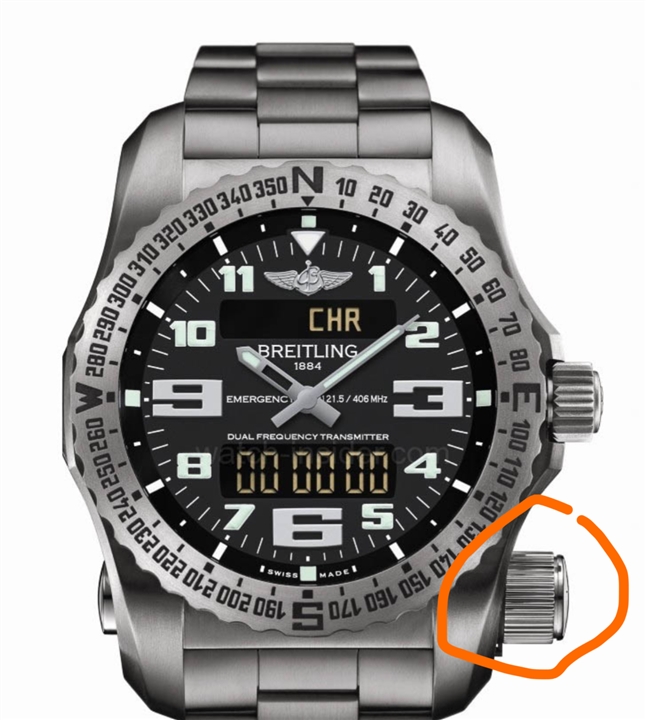all the 965 talk got me thinking about the future of fenix/tactix and what it would take to get me to upgrade. garmin has never disappointed me before and i don't expect them to in the future, but what to expect? for me it would be a pretty short list. i just need a new sensor. if there's not a new optical sensor with improved accuracy, i see no reason to upgrade as that is easily the most important aspect of the watch. ecg would be nice, i'd prefer to NOT have amoled (although battery with mips is nowhere near what garmin promises) and i don't really need wireless charging either (and it's WILDLY inefficient). i'd love to see better solar charging (better efficiency from the panels) or maybe something radical like flexible panels on the watch band. for tactix i'd like to see something over the top like emp-resistance. in the end though it would come down to elevate 5...



